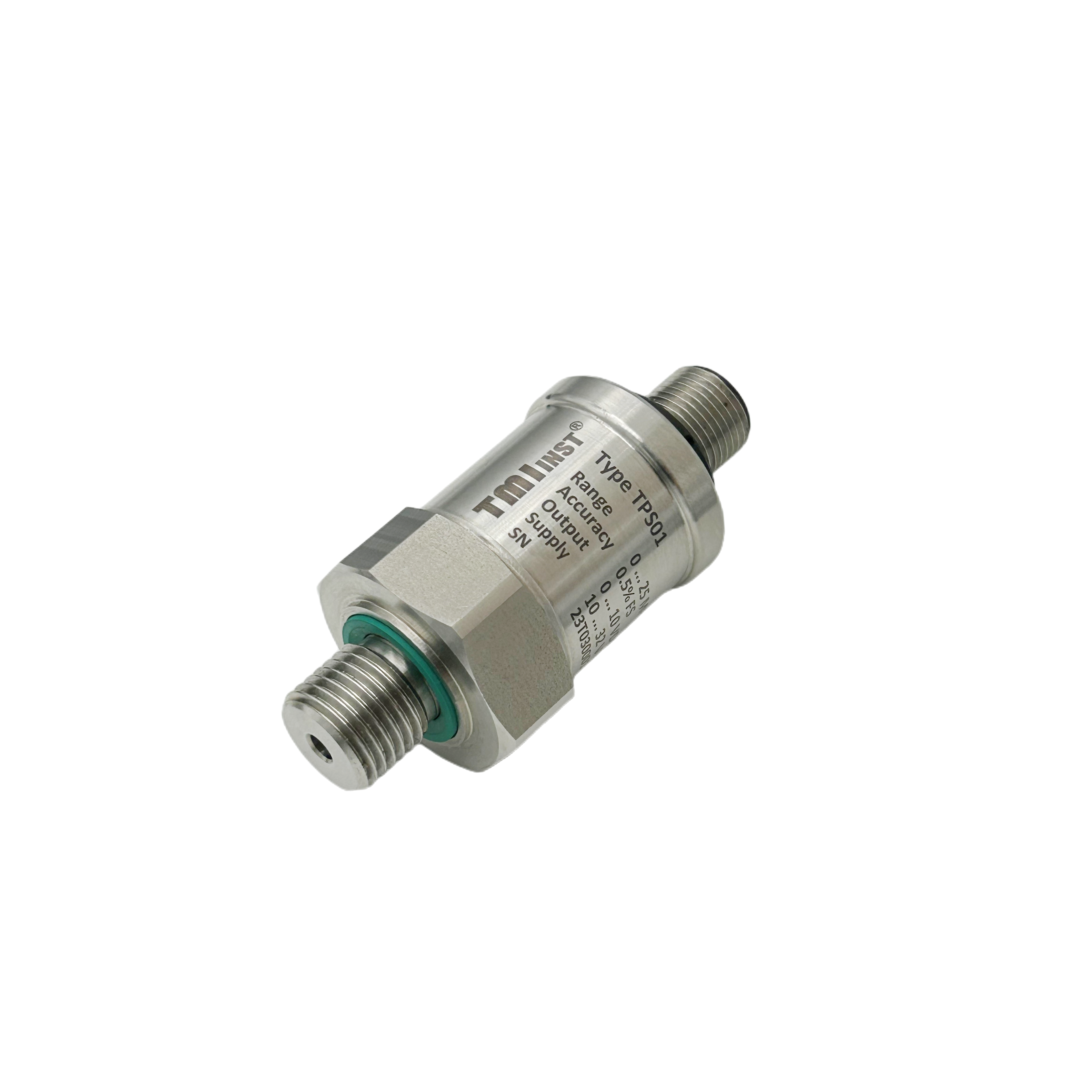Pressure transmitter For Hydraulic Station
How Pressure Transmitters Help Improve Efficiency in Hydraulic Stations
Pressure transmitters are an essential component of hydraulic systems, as they help to ensure that the system is running efficiently and safely. Pressure transmitters measure the pressure of the hydraulic fluid in the system, allowing operators to monitor the system and make adjustments as needed. This helps to ensure that the system is running at optimal levels, reducing the risk of breakdowns and increasing efficiency.| Measuring principle | Thin–film–on–steel |
| Measuring range | 0 ~ 5bar…2,500bar [ 100…to 36,000psi ] |
| Output signal | 4…20mA, 0.5…4.5VDC, 0…5VDC, 0…10VDC |
| Accuracy | ± 0.25% FS, ± 0.5% FS, ± 1.0% FS |
| Response time | ≤1ms |
| Durability | 10 million cycles |
Understanding the Benefits of Installing Pressure Transmitters in Hydraulic Stations
Pressure transmitters are an important component of hydraulic systems, providing accurate and reliable measurements of pressure in a variety of applications. Installing pressure transmitters in hydraulic stations can provide numerous benefits, including improved safety, increased efficiency, and better control of the system. Safety is a major concern in any hydraulic system, and pressure transmitters can help to ensure that the system is operating within safe parameters. By monitoring the pressure in the system, the pressure transmitter can detect any sudden changes that could indicate a problem. This can help to prevent accidents and damage to the system. Efficiency is another key benefit of installing pressure transmitters in hydraulic stations. By monitoring the pressure in the system, the pressure transmitter can detect any changes that could indicate a problem. This can help to reduce downtime and improve the overall efficiency of the system. Finally, pressure transmitters can help to improve the control of the system. By providing accurate and reliable measurements of pressure, the pressure transmitter can help to ensure that the system is operating within the desired parameters. This can help to improve the performance of the system and reduce the risk of unexpected problems.
Overall, installing pressure transmitters in hydraulic stations can provide numerous benefits, including improved safety, increased efficiency, and better control of the system. By providing accurate and reliable measurements of pressure, pressure transmitters can help to ensure that the system is operating within safe parameters and improve the performance of the system.
Finally, pressure transmitters can help to improve the control of the system. By providing accurate and reliable measurements of pressure, the pressure transmitter can help to ensure that the system is operating within the desired parameters. This can help to improve the performance of the system and reduce the risk of unexpected problems.
Overall, installing pressure transmitters in hydraulic stations can provide numerous benefits, including improved safety, increased efficiency, and better control of the system. By providing accurate and reliable measurements of pressure, pressure transmitters can help to ensure that the system is operating within safe parameters and improve the performance of the system.